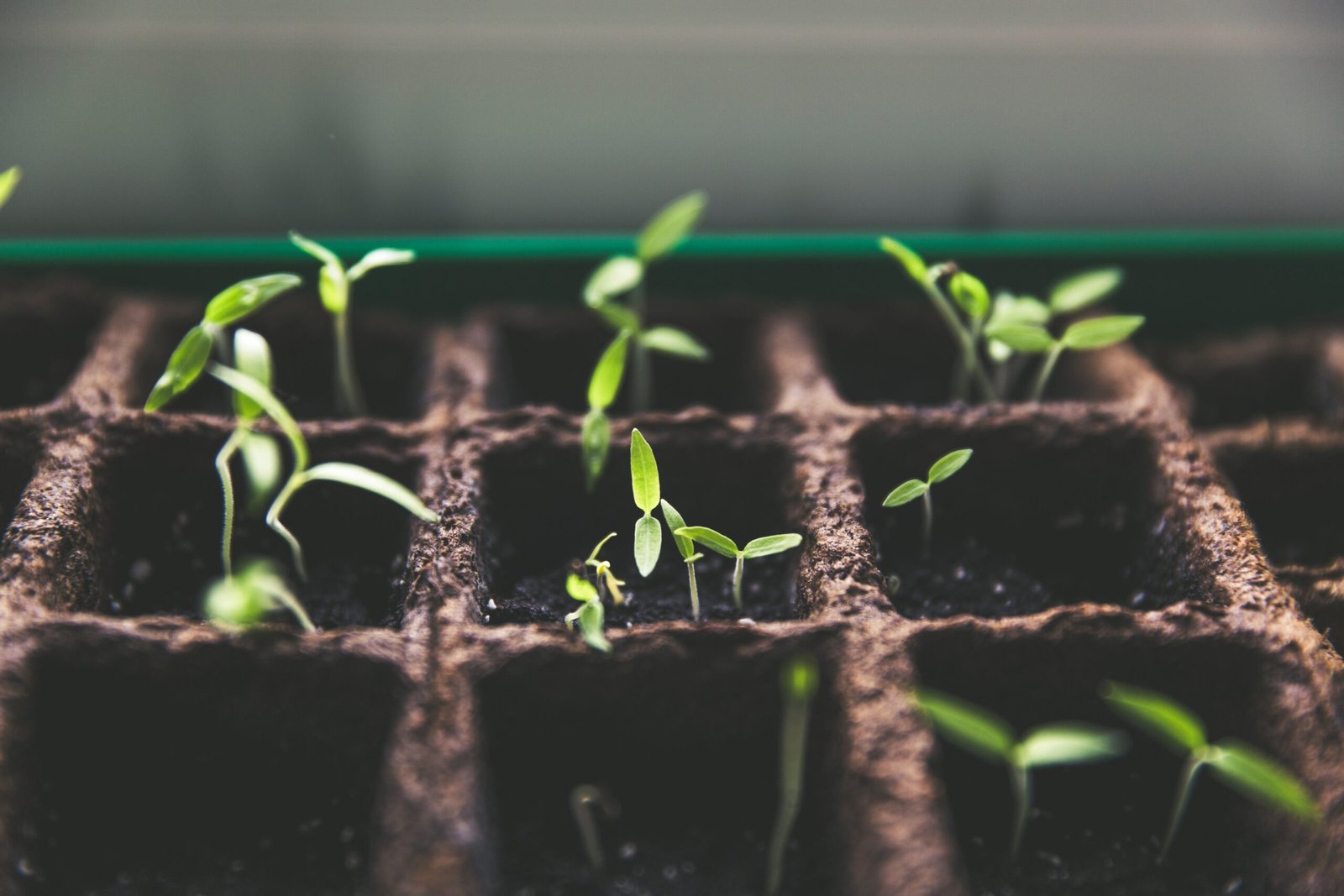Explore the characteristics of a traditional economy and how it influences the way people live, work, and trade. Learn about subsistence agriculture, barter systems, cultural identity, limited technological advancements, limited division of labor, and strong community bonds.
The Characteristics of a Traditional Economy: Preserving the Past, Shaping the Future
A traditional economy is a system that has been in existence for centuries, shaped by the customs, traditions, and beliefs of a particular society. It is a fascinating economic system that continues to thrive in various parts of the world today. In this blog post, we will explore the key characteristics of a traditional economy and how it influences the way people live, work, and trade.
1. Subsistence Agriculture
In a traditional economy, agriculture is the primary economic activity. People rely on subsistence farming to meet their basic needs. They grow crops and raise livestock for their own consumption rather than for commercial purposes. This self-sufficiency ensures that the community has enough food to survive.
2. Barter System
Instead of using money as a medium of exchange, traditional economies often rely on barter systems. Goods and services are traded directly between individuals or communities. For example, a farmer may exchange his surplus crops for a craftsman’s handmade tools. This barter system fosters social connections and strengthens community bonds.
3. Strong Cultural Identity
Traditional economies are deeply rooted in cultural traditions and beliefs. The economic activities and practices are passed down from generation to generation, preserving the cultural identity of the community. These traditions shape the way people work, trade, and interact with one another.
4. Limited Technological Advancements
Traditional economies often lack advanced technology and rely on traditional methods of production. For example, farmers may use manual tools instead of machinery. While this may limit productivity, it also helps preserve traditional skills and craftsmanship.
5. Limited Division of Labor
In a traditional economy, there is a limited division of labor. Each individual or family is responsible for producing everything they need. Also, This means that people have a wide range of skills and knowledge, as they have to be self-sufficient in various areas.
6. Strong Community Bonds
Traditional economies foster strong community bonds and cooperation. The community works together to ensure the well-being of all its members. Sharing resources, knowledge, and labor is essential for the survival of the community. What is the Difference between Implosion vs Explosion?
The Significance of Traditional Economies
While traditional economies may seem outdated in today’s modern world, they play a vital role in preserving cultural heritage and promoting sustainable practices. These economies prioritize the well-being of the community over profit and foster a sense of connection and belonging.
Traditional economies also serve as a reminder of the importance of self-sufficiency and the value of traditional knowledge and skills. They offer an alternative perspective on economic systems that prioritize growth and consumerism.
In conclusion, traditional economies are characterized by subsistence agriculture, barter systems, strong cultural identity, limited technological advancements, limited division of labor, and strong community bonds. These economies provide valuable insights into alternative economic systems that prioritize sustainability, community, and cultural preservation.




